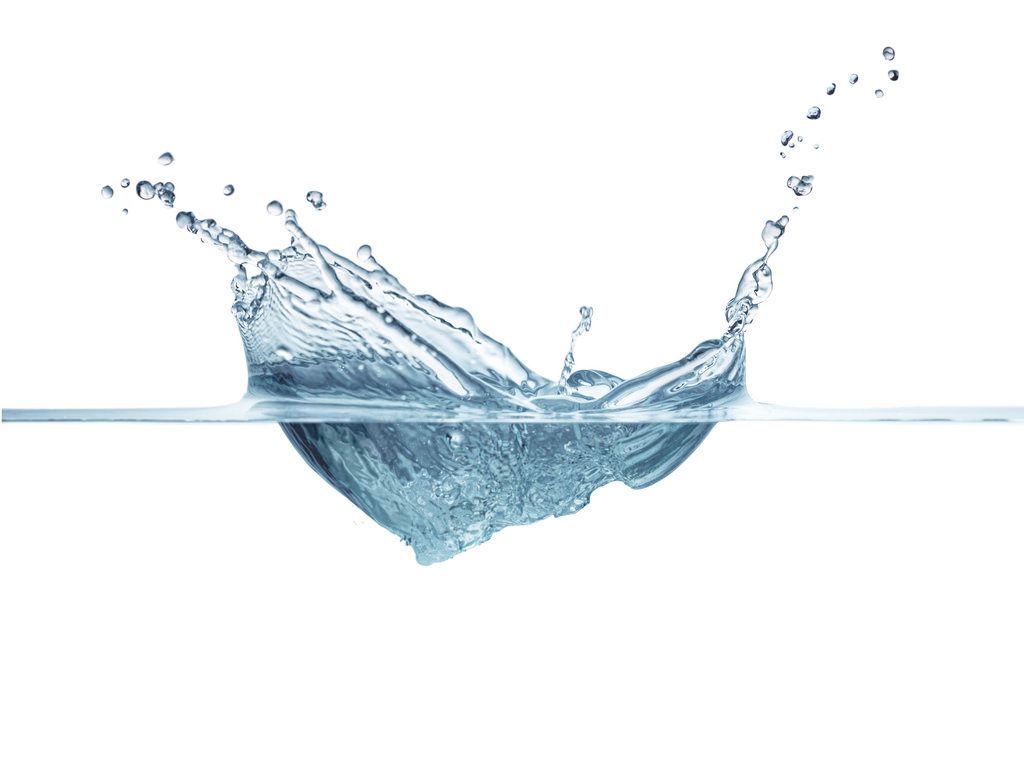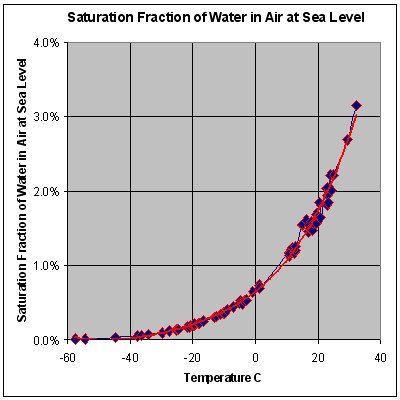Get Tech Tips
Subscribe to free tech tips.
Does Air or Nitrogen Absorb Water?

There are many examples of teaching using metaphors to help someone grasp how something works without being EXACTLY correct.
Some examples are how we often use water flow to explain electrical flow or refrigerant circuit dynamics. It's enough like the way it works to get our heads wrapped around it, but there are many differences. The metaphors eventually break down.
This is definitely the case with air and nitrogen “absorbing” water.
I've done podcasts and videos about how air can “hold” less moisture when it is cooler and more when it is hotter. (You may remember my tea analogy; warmer air can hold more moisture than cold air in the same way that hot tea can hold more sugar than cold tea.) You have likely heard old-school techs talk about triple evacuation and sweeping with nitrogen to “absorb” the moisture from the system.

News Flash: Air and nitrogen DO NOT absorb or hold moisture! They ignore one another at parties, and they certainly DON'T shake hands.
Water vapor in the air behaves much like all the other gases contained in the air, with the notable exception that water exists in both vapor and liquid states at atmospheric pressure and temperature.
When the temperature of water vapor is higher, a higher percentage of the air by volume can CONTAIN water vapor, but the air itself isn't what is holding it. It does interact with it as the molecules move and bounce around. The percentage of water vapor in the air does impact the mass/weight of the air by volume (water vapor weighs less than dry air), so there are certainly impacts on the makeup of the air based on moisture content.

The percentage of the air around us that is moisture can vary from almost zero in cold Arctic & Antarctic climates to nearly 4% in hot, tropical climates.
When teaching it, we speak as though the air is a sponge; the hotter the air, the bigger the sponge. That certainly helps us remember, but it isn't really how it works. In reality, water in the air is all about the saturation temperature and pressure of the water, and the air has little to do with it.

By Greg Benson
This is the same sort of thinking when a tech is having a hard time pulling a vacuum, so they add dry nitrogen to the system to “absorb” the moisture. First off, you will want to sweep the nitrogen through the system, not just pressurize. Second, nitrogen has no special properties that allow it to “grab” moisture. It can entrain the water vapor using Bernoulli's principle, it will warm up the system a bit, and it will certainly add in a bit of turbulence, which can help move the oil around and potentially release some trapped moisture—but nothing more than that. Matt Bruner wrote about this topic in greater detail HERE, and Dr. Chuck Allgood from Chemours also went into the science behind using nitrogen during evacuation.
Don't get me wrong; there is nothing wrong with sweeping with dry nitrogen. It's even better to use a heat gun and warm the compressor crankcase, receivers, accumulator, and coils during a deep vacuum on a large system to help speed up the vaporization of moisture.
It doesn't change the fact that air and nitrogen don't “hold” moisture.
—Bryan
P.S. — I recommend watching THIS Kalos class if you're interested in learning more about nitrogen and how it interacts with water vapor, oil, and other substances we encounter daily.











Comments
To leave a comment, you need to log in.
Log In